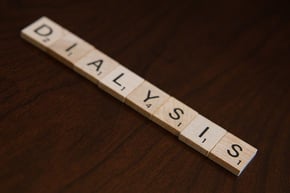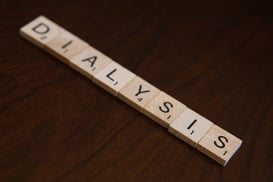Extracting proteins from plant and animal sources are two different things. While animal proteins can easily be extracted, working with plant proteins can be quite a challenge. Why? Plant proteins are more difficult to extract since they are protected by a rigid cell wall that contains several interfering agents (i.e proteases).
Plant Protein Extraction and Protein Precipitation Techniques
Topics: Sample Clean Up, Protein Extraction
 There are certain things that you should not do when performing dialysis in the laboratory. To ensure that all unwanted small molecular weight substances (such as reducing agents, non-reacted crosslinking or labeling reagents, and preservatives) are removed and facilitate a more efficient buffer exchange for macromolecular samples such as proteins, here are some of the things you need to avoid at all cost.
There are certain things that you should not do when performing dialysis in the laboratory. To ensure that all unwanted small molecular weight substances (such as reducing agents, non-reacted crosslinking or labeling reagents, and preservatives) are removed and facilitate a more efficient buffer exchange for macromolecular samples such as proteins, here are some of the things you need to avoid at all cost.
Topics: Sample Clean Up
How to Tell if You Should Use Gel Filtration or Dialysis
 Basically, there are two methods that are commonly used in the preparation of protein samples to make them suitable for long-term storage and compatible with downstream applications - dialysis and gel filtration. So, how do you know which one to use? Here are some things you need to consider if you want to increase your chances of making the right decision.
Basically, there are two methods that are commonly used in the preparation of protein samples to make them suitable for long-term storage and compatible with downstream applications - dialysis and gel filtration. So, how do you know which one to use? Here are some things you need to consider if you want to increase your chances of making the right decision.
Topics: Sample Clean Up
In biochemistry, dialysis refers to the process of separating small, unwanted compounds from macromolecules in the sample solution through selective and passive diffusion. Basically, the sample and the buffer solution (dialysate) are placed on opposite sides of the membrane. Since dialysis works by diffusion, molecules will naturally move from areas of higher concentration to areas of lower concentration until the point where equilibrium is reached. This, in turn, will facilitate the separation of molecules in both the sample and the dialysate.
Topics: Sample Clean Up





